For the first time, researchers have presented the most detailed digital reconstruction of Rano Raraku, the main quarry on Easter Island, or Rapa Nui, where almost all of the island’s famous moai statues were carved. The high-resolution 3D model, created from tens of thousands of drone photographs, offers an unprecedented look at one of the world’s most iconic archaeological landscapes, and is already reshaping what scholars understand about how the statues were produced.

Rapa Nui sits in extreme isolation in the South Pacific, making the quarry hard for most people to see firsthand, and even for visitors, the interior of Rano Raraku is almost impossible to explore safely because of its steep volcanic crater walls. The new model allows anyone to digitally “fly” over the site, examine individual carving areas from angles unreachable on foot, and explore the cradle of moai craftsmanship in remarkable detail.
The project took shape after a wildfire hit the quarry in late 2023, with concerns about long-term damage. When researchers arrived months later, local community groups asked whether the team could document the entire area before more harm occurred. Using drones, the team made dozens of flights and captured more than 20,000 images. These were later processed into a photorealistic three-dimensional reconstruction that preserves the site with scientific precision.
Beyond its value as a cultural record, the model helped to answer one of the biggest questions in Rapa Nui archaeology: was the production of moai controlled by a central authority or carried out by numerous small, autonomous groups? The quarry’s spatial patterns were analyzed to identify 30 distinct carving zones that each had different production features and sculpting techniques. These various “workshops” match up very well with earlier evidence indicating that Rapa Nui society was made up of independent kin-based communities rather than a powerful centralized chieftainship.

The diversity in carving styles, ranging from face-first methods to more block-like approaches, also supports technological independence among groups. Despite their independence, however, the statues demonstrate stylistic consistency throughout the island, which suggests that cultural traditions helped guide production without any top-down oversight. This decentralized model runs counter to old assumptions that monumental construction requires hierarchical political control; instead, it shows that large-scale projects can emerge from cooperative, horizontally organized networks.
This digital reconstruction also underlines why 3D modeling has become imperative in archaeology. Overlapping carving surfaces, rugged cliffs, and a complex sequence of production events make the site particularly hard to document in two dimensions. The value of traditional drawings is unquestionable, but they cannot capture the full geometry of the landscape. The new model provides measurable accuracy, with the ability for researchers to zoom in on details, extract cross-sections, compare shaping techniques, and perform analyses that were previously impossible.
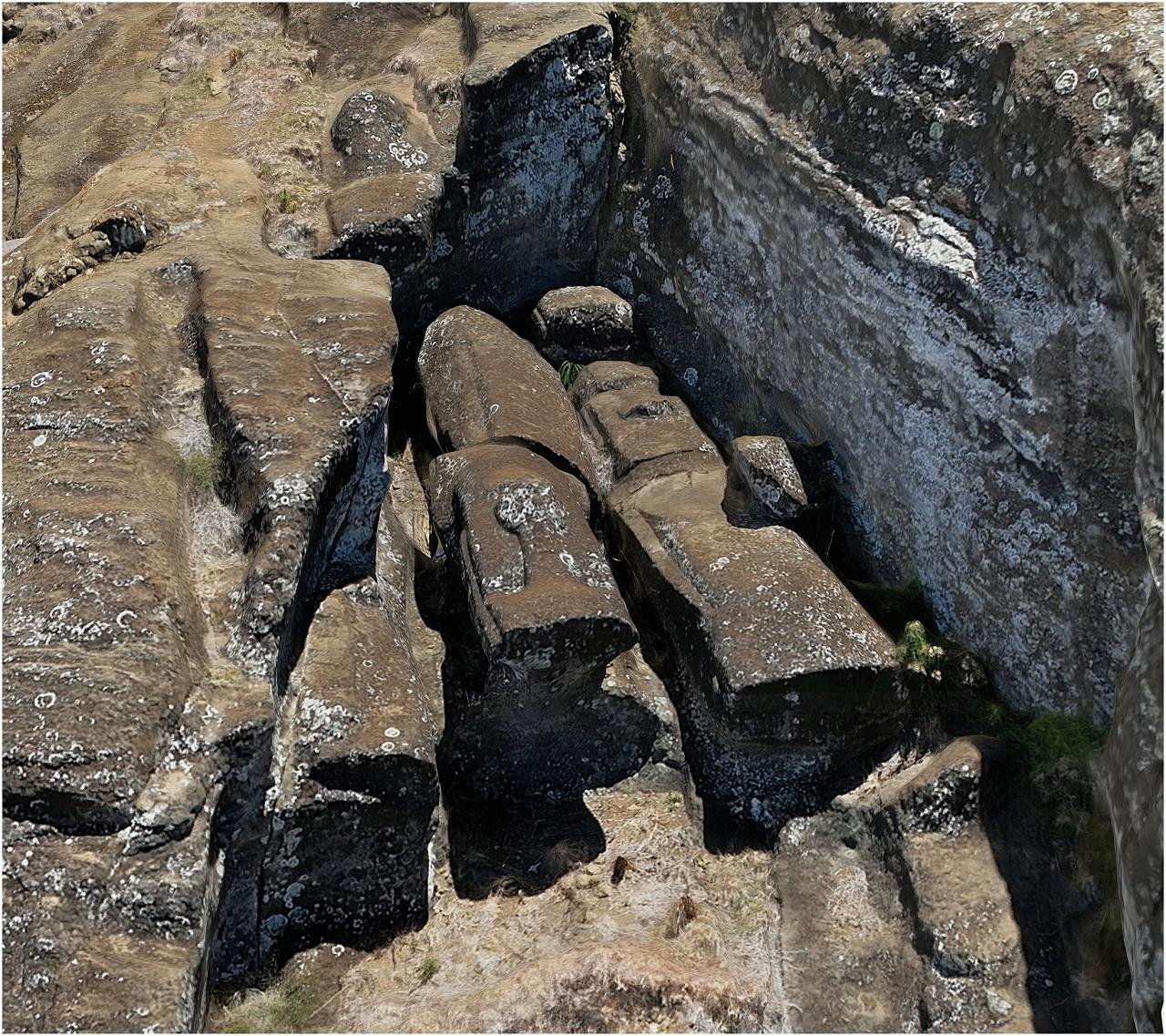
By making the model publicly available, the team hopes to support heritage preservation and open new avenues for research into Rapa Nui’s past. The approach also serves as a blueprint for studying other archaeological landscapes around the world, demonstrating how sophisticated digital tools can resolve longstanding mysteries regarding ancient societies, their organization, and monumental achievements.



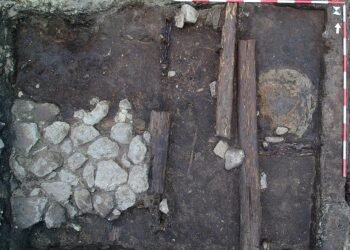
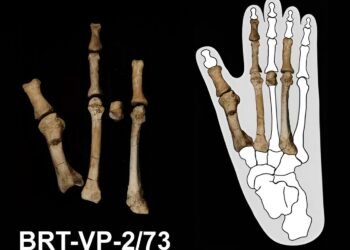
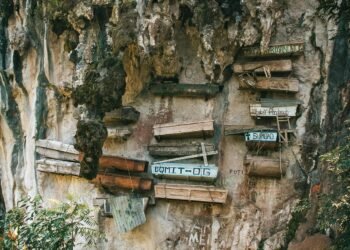
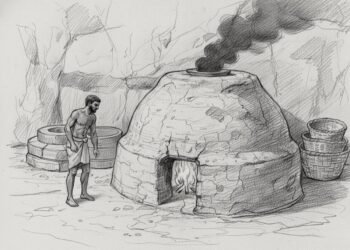
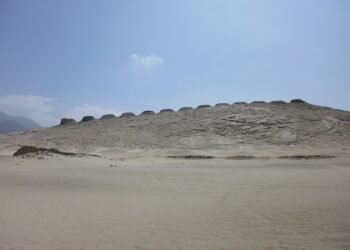
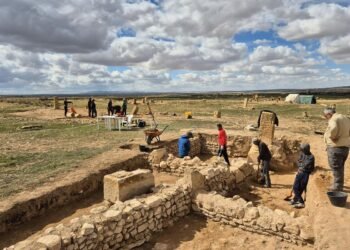















Comments 0